Home>Articles>What Kind Of Electrical Cord Do I Use On My Dryer
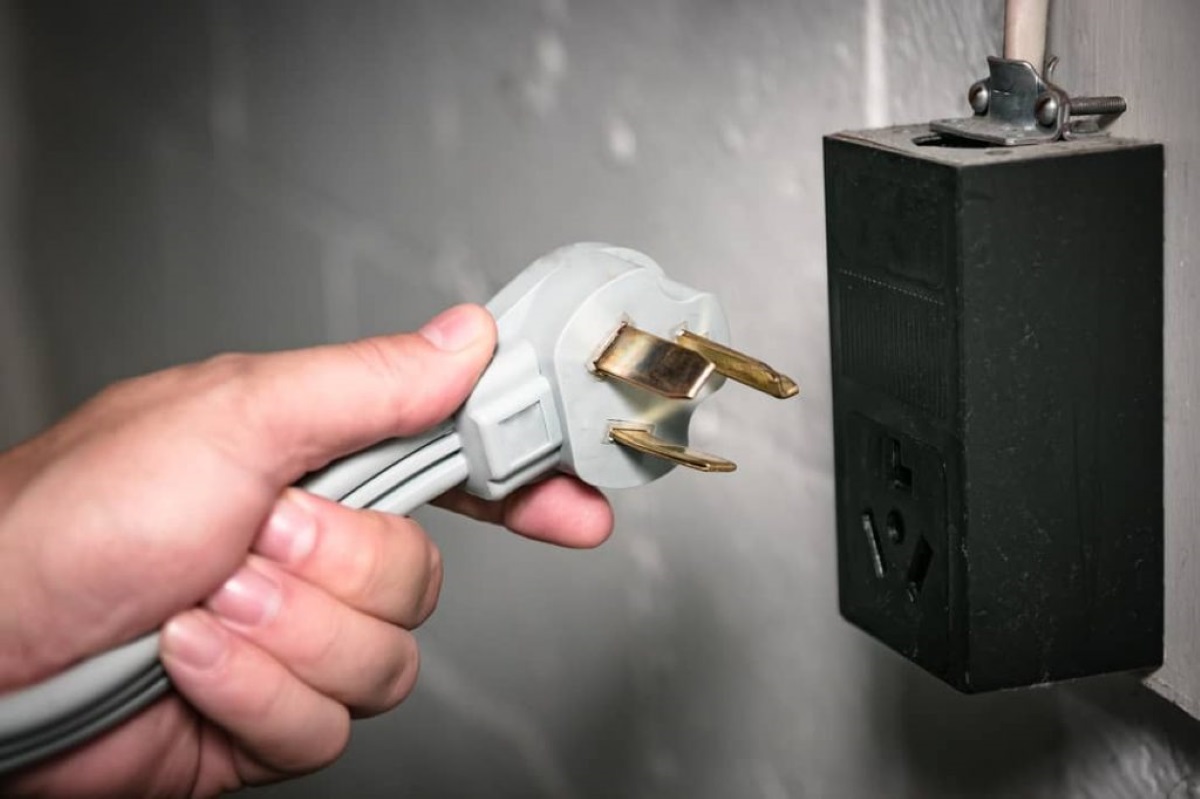

Articles
What Kind Of Electrical Cord Do I Use On My Dryer
Modified: March 2, 2024
Find out the right electrical cord for your dryer with our informative articles. Ensure safety and efficiency without exceeding 160 characters.
(Many of the links in this article redirect to a specific reviewed product. Your purchase of these products through affiliate links helps to generate commission for Storables.com, at no extra cost. Learn more)
Introduction
When it comes to choosing the right electrical cord for your dryer, it’s important to understand the various types available and their compatibility with your specific appliance. The correct electrical cord not only ensures efficient and safe operation of your dryer, but also minimizes the risk of electrical hazards.
In this article, we will explore the different types of electrical cords used for dryers, the electrical requirements for these appliances, and the factors to consider when selecting the most suitable cord for your dryer. We will also provide a step-by-step guide for safely installing or replacing an electrical cord on your dryer.
So, if you’ve ever found yourself pondering the question, “What kind of electrical cord do I use on my dryer?” – read on to find all the answers you need. Let’s dive in!
Key Takeaways:
- Choose the right electrical cord for your dryer based on the grounding system in your home and the specific requirements of your dryer model to ensure safe and efficient operation.
- Prioritize safety and accuracy when installing or replacing an electrical cord on your dryer by following the recommended steps and taking necessary precautions.
Read more: What Electrical Cord Do I Need For My RV
Understanding Electrical Cords
Before delving into the specifics of electrical cords for dryers, it’s important to have a basic understanding of the different types available and why choosing the correct cord is crucial.
Electrical cords, also known as power cords or appliance cords, are the flexible cables that connect electrical appliances to a power source. They play a critical role in providing a safe and reliable power supply to the appliance.
Types of Electrical Cords
There are generally two types of electrical cords used for dryers: three-prong cords and four-prong cords. The main difference between the two is the grounding system.
Three-Prong Cords:
Three-prong cords, also known as grounded cords, consist of three wires: two hot wires (black and red) and one neutral wire (white). They are designed for dryers connected to older electrical systems, where a grounding wire may not be present.
However, it’s important to note that using a three-prong cord requires that your dryer be properly grounded through other means.
Four-Prong Cords:
Four-prong cords, also known as grounded cords, consist of four wires: two hot wires (black and red), one neutral wire (white), and one grounding wire (green or bare copper). They are designed for dryers connected to modern electrical systems that have a dedicated grounding wire.
Using a four-prong cord ensures that your dryer is properly grounded, reducing the risk of electrical shock and providing enhanced safety.
Importance of Choosing the Correct Cord
Choosing the correct electrical cord for your dryer is crucial for several reasons:
Compliance with Electrical Codes:
Electrical codes and regulations vary by region, and it’s essential to ensure that your dryer’s electrical cord complies with the applicable standards. Using the wrong type of cord can result in code violations and potential safety hazards.
Safe Operation:
The correct electrical cord ensures that your dryer operates safely and efficiently. It provides a stable and reliable power supply, preventing overheating, electrical malfunctions, and potential fire hazards.
Protection Against Electrical Hazards:
A properly grounded electrical cord protects you and your home from electrical shock. The grounding wire redirects any electrical surges or faults to the earth, thus minimizing the risk of shock to the user and preventing damage to the dryer.
Now that we have a clear understanding of electrical cords and their importance, let’s move on to examine the specific electrical requirements for dryers.
Electrical Requirements for Dryers
Before selecting an electrical cord for your dryer, it’s crucial to understand the electrical requirements of the appliance. This includes the voltage and amperage specifications, as well as the outlet types that are compatible with dryers.
Voltage and Amperage Specifications
Most residential dryers in the United States operate on a standard voltage of 240 volts. This high voltage is necessary to power the heating element in the dryer, which is responsible for drying your clothes effectively.
When it comes to amperage, dryers typically require a dedicated circuit with a specific amperage rating. The most common amperage ratings for residential dryers are 30 amps and 40 amps.
It’s important to check the manufacturer’s specifications or the label on your dryer to determine the exact voltage and amperage requirements.
Outlet Types for Dryers
Dryers are typically connected to the power supply through specific outlet types that are designed for their electrical requirements. The outlet types can vary depending on the region and the specific electrical codes in place.
In the United States, there are two common types of outlets used for dryers:
NEMA 10-30 Outlet:
- Compatible with three-prong cords
- Rated for 240 volts
- Designed for dryers with a 30-amp amperage requirement
NEMA 14-30 Outlet:
- Compatible with four-prong cords
- Rated for 240 volts
- Designed for dryers with a 30-amp or 40-amp amperage requirement
It’s important to ensure that you have the correct outlet type installed in your laundry area to match the electrical requirements of your dryer.
Now that we have a clear understanding of the electrical requirements for dryers, let’s explore how to choose the right electrical cord for your specific dryer model.
Choosing the Right Electrical Cord for Your Dryer
Choosing the right electrical cord for your dryer is essential to ensure safe and efficient operation. Consider the following factors when selecting the most suitable cord for your specific dryer model.
Length and Gauge Considerations
When it comes to the length of the electrical cord, it’s important to choose one that is long enough to reach the electrical outlet without stretching or straining. However, be cautious of using excessively long cords, as they can cause a drop in voltage and affect the dryer’s performance.
Additionally, consider the gauge or thickness of the cord. The gauge determines the wire’s capacity to carry the electrical current. For dryers, a gauge of 10 or 8 is typically recommended to ensure adequate power supply and prevent overheating.
It’s best to consult the manufacturer’s recommendations or consult with a qualified electrician to determine the appropriate length and gauge for your dryer’s cord.
Three-Prong vs. Four-Prong Cords
The choice between a three-prong or four-prong cord depends on the electrical system in your home and the specific requirements of your dryer.
If your dryer is designed to operate with a three-prong cord, ensure that you have a properly grounded electrical system to compensate for the lack of a dedicated grounding wire in the cord.
On the other hand, if your electrical system has a dedicated grounding wire and your dryer supports it, using a four-prong cord is recommended. This ensures that your dryer is properly grounded, minimizing the risk of electrical shocks and improving safety.
Compatibility with Dryer Models
Not all dryers are compatible with both three-prong and four-prong cords. It’s important to check the specifications and requirements of your specific dryer model to determine which type of cord is recommended.
Many newer dryers are designed to be compatible with both three-prong and four-prong cords, providing flexibility for different electrical systems.
Consult the manufacturer’s instructions or consult with a professional to ensure that the electrical cord you choose is compatible with your dryer model.
By considering the length, gauge, cord type, and compatibility with your dryer model, you can select the right electrical cord that meets the electrical requirements of your dryer and ensures safety and optimal performance.
Now that we have chosen the correct electrical cord, let’s move on to the installation process and the necessary safety precautions to take.
Installation Process
Installing or replacing an electrical cord on your dryer requires some careful steps to ensure safety and a proper connection. Follow these guidelines to successfully complete the installation process.
Safety Precautions
Prior to starting the installation, it’s important to take the following safety precautions:
- Turn off the power to the dryer at the circuit breaker to prevent any potential electrical hazards.
- Unplug the old cord from the electrical outlet and disconnect it from the dryer.
- Ensure proper grounding by using a grounding strap or connecting the grounding wire to the metal chassis of the dryer.
- Wear appropriate safety gear, including gloves and safety glasses, to protect yourself from any potential injuries.
Read more: What Do The Magnets Do On My Electrical Cord
Steps for Replacing or Installing an Electrical Cord on a Dryer
Follow these step-by-step instructions to replace or install an electrical cord on your dryer:
- Identify the wiring terminal block on the back of the dryer. It is usually located near the bottom of the back panel.
- Remove the access cover to expose the wiring terminal block.
- Using a screwdriver, loosen the terminal screws that secure the old cord. Remove the old cord from the terminal block.
- Take your new cord and strip the outer insulation from the wire ends, exposing about half an inch of bare wire.
- Insert the new cord into the terminal block, making sure each wire is securely tightened under the appropriate terminal screw.
- If using a four-prong cord, connect the grounding wire to the grounding screw or the metal chassis of the dryer.
- Tighten all screws to ensure a secure connection.
- Replace the access cover on the terminal block.
Testing and Verifying Proper Connection
Once the electrical cord is installed, follow these steps to test and verify the proper connection:
- Turn on the power at the circuit breaker.
- Plug the dryer into the electrical outlet.
- Switch on the dryer and ensure it is functioning correctly.
- Check for any unusual noises, sparking, or odors, which may indicate an incorrect connection.
If everything appears to be working properly, you have successfully installed or replaced the electrical cord on your dryer.
Following these steps and taking necessary safety precautions will ensure a safe and accurate installation process. If you are uncertain about any step, it is recommended to seek professional assistance for the installation.
Now that the electrical cord is successfully installed and tested, let’s conclude our discussion.
Conclusion
Choosing the right electrical cord for your dryer is crucial for ensuring safe and efficient operation. Understanding the different types of cords, the electrical requirements for dryers, and the compatibility with your specific dryer model is essential in making the right choice.
When selecting an electrical cord, consider the length and gauge to ensure proper power supply without voltage drops. Additionally, choose between a three-prong or four-prong cord depending on the grounding system in your home and the requirements of your dryer.
The installation process involves following safety precautions and carefully connecting the cord to the dryer’s wiring terminal block. It’s vital to test and verify the proper connection to ensure optimal performance and safety.
By choosing the correct electrical cord and properly installing it, you can enjoy peace of mind knowing that your dryer is operating safely and efficiently. Remember to consult the manufacturer’s instructions, electrical codes, and professional assistance if needed.
So, the next time you ask yourself, “What kind of electrical cord do I use on my dryer?” refer back to this article to make an informed decision. Safeguard your home and loved ones by selecting the right electrical cord for your dryer.
Now you’re ready to enjoy hassle-free laundry days with your dryer and the peace of mind that comes with a properly installed electrical cord.
Frequently Asked Questions about What Kind Of Electrical Cord Do I Use On My Dryer
Was this page helpful?
At Storables.com, we guarantee accurate and reliable information. Our content, validated by Expert Board Contributors, is crafted following stringent Editorial Policies. We're committed to providing you with well-researched, expert-backed insights for all your informational needs.
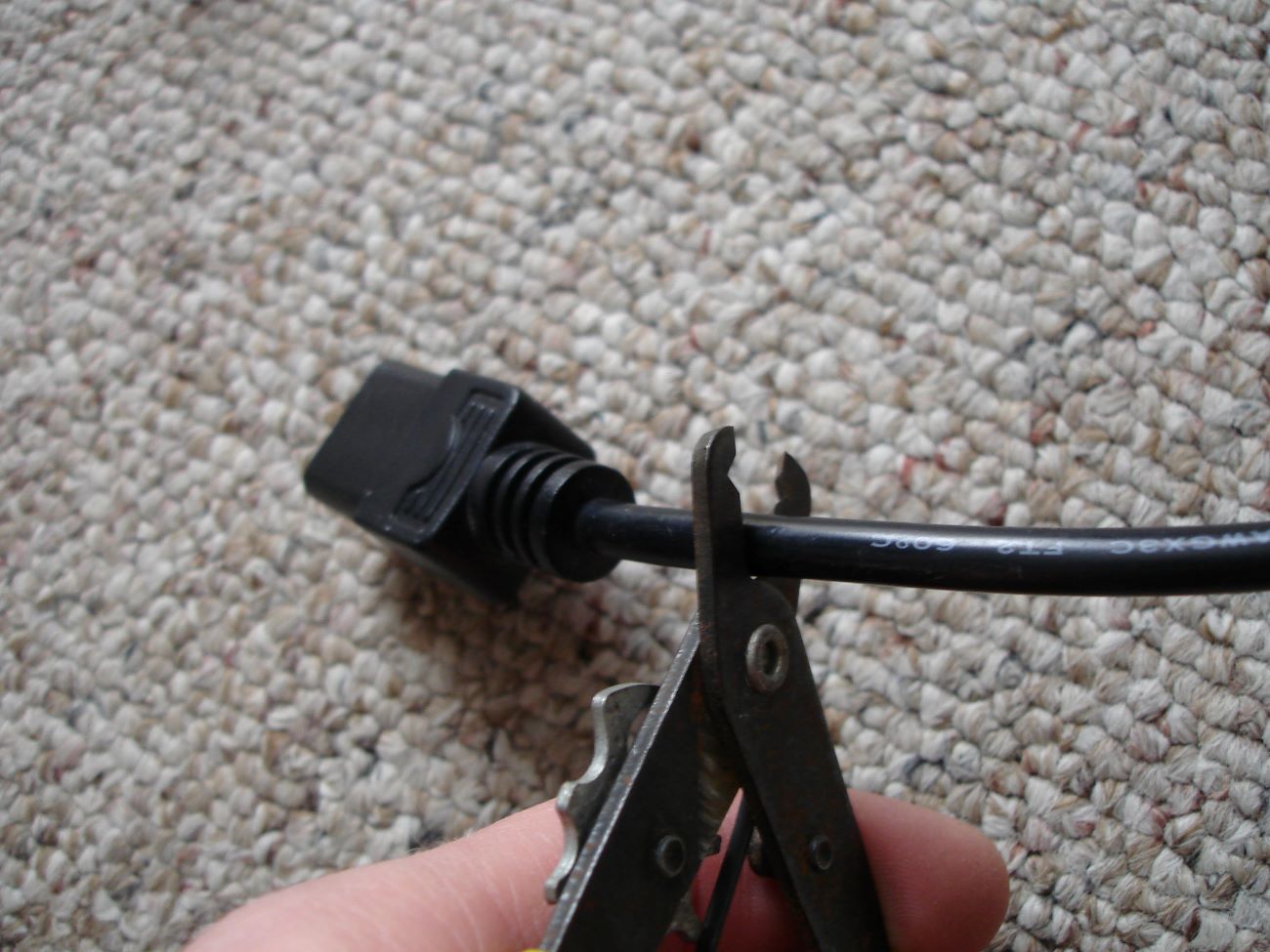
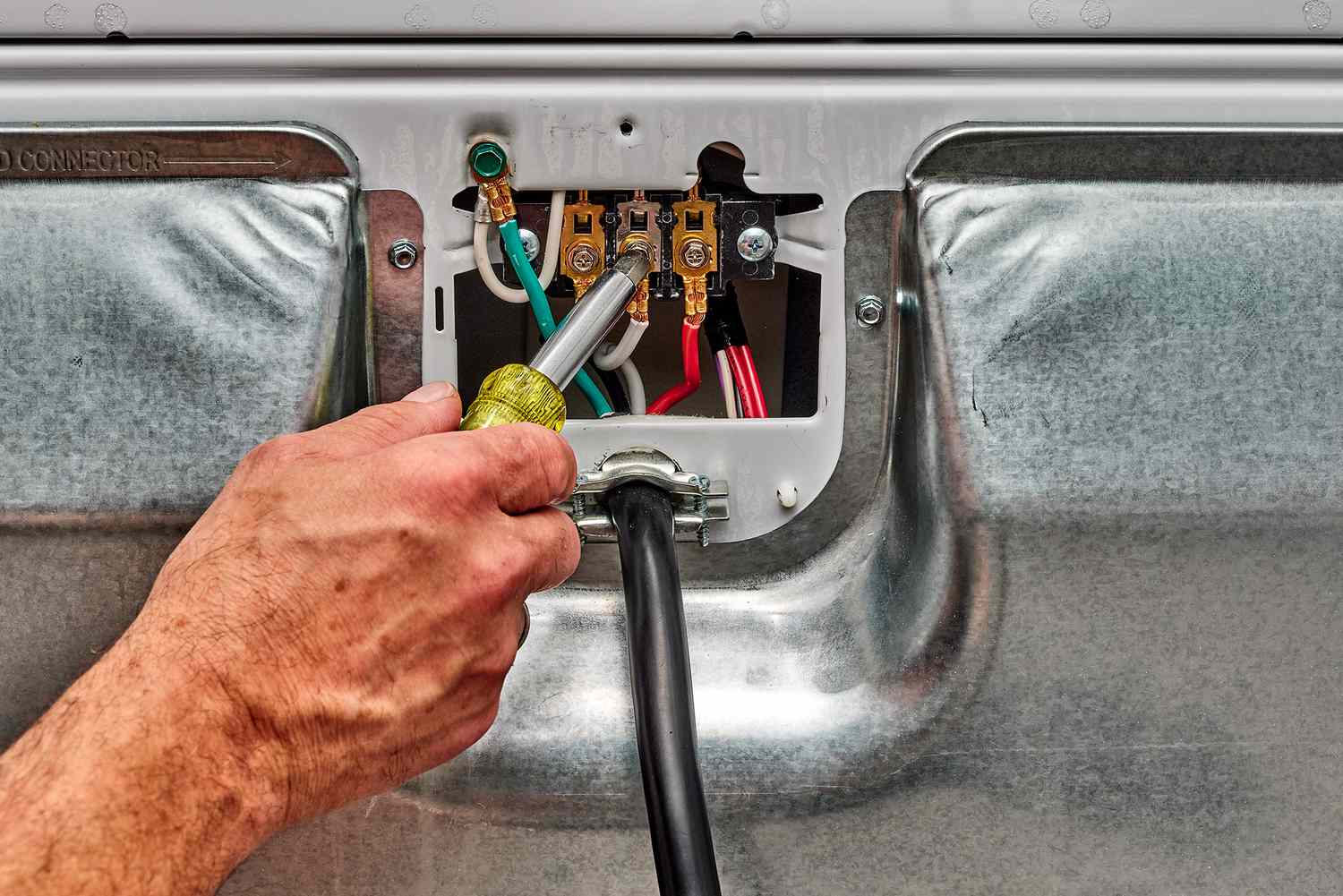
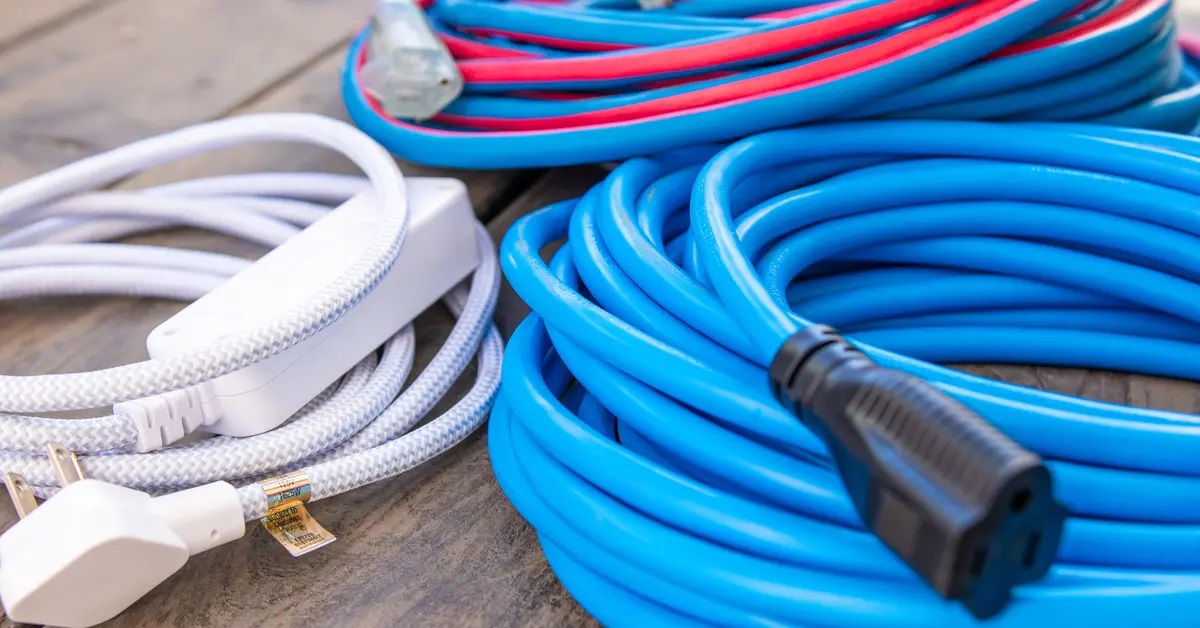
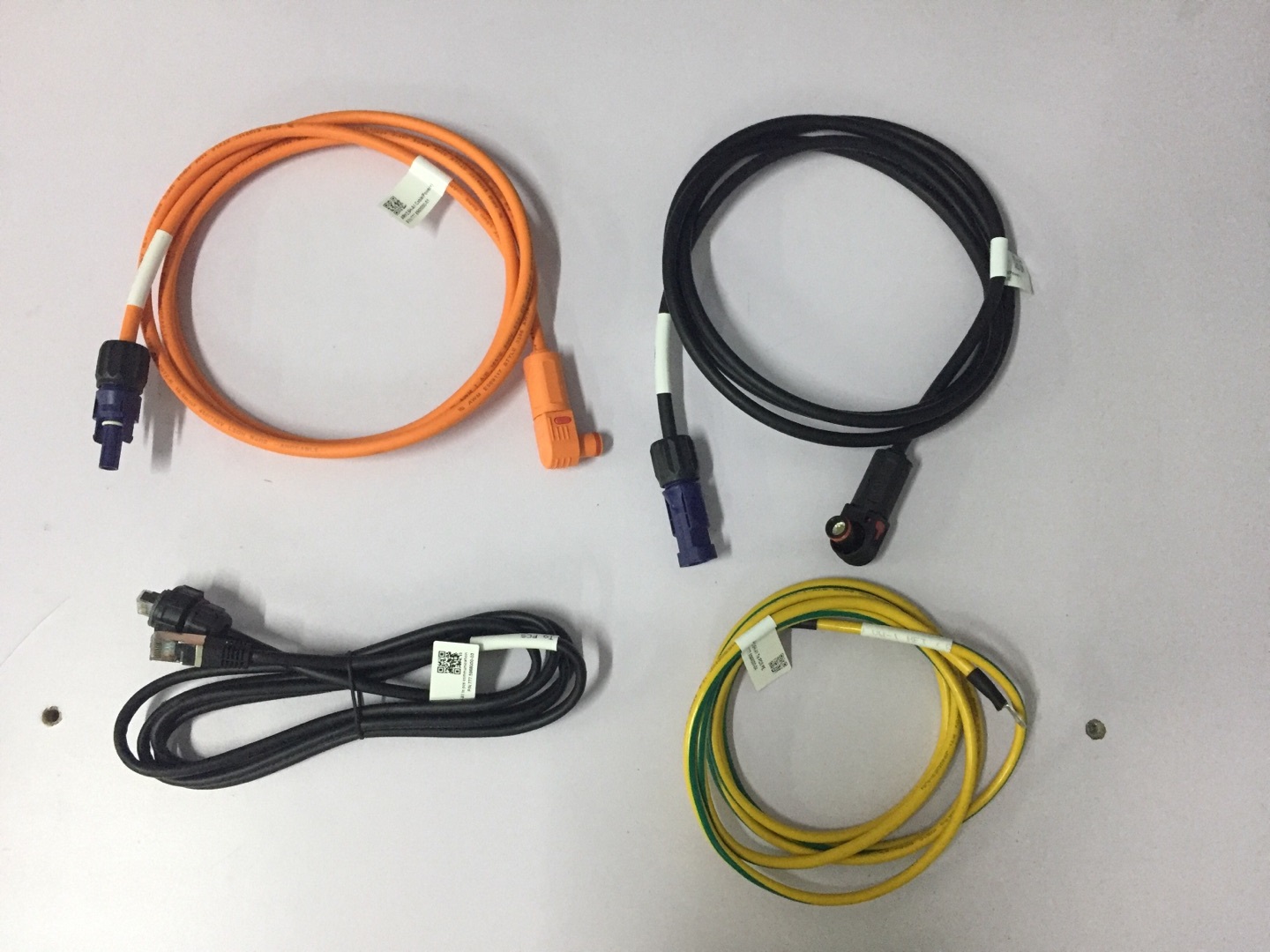
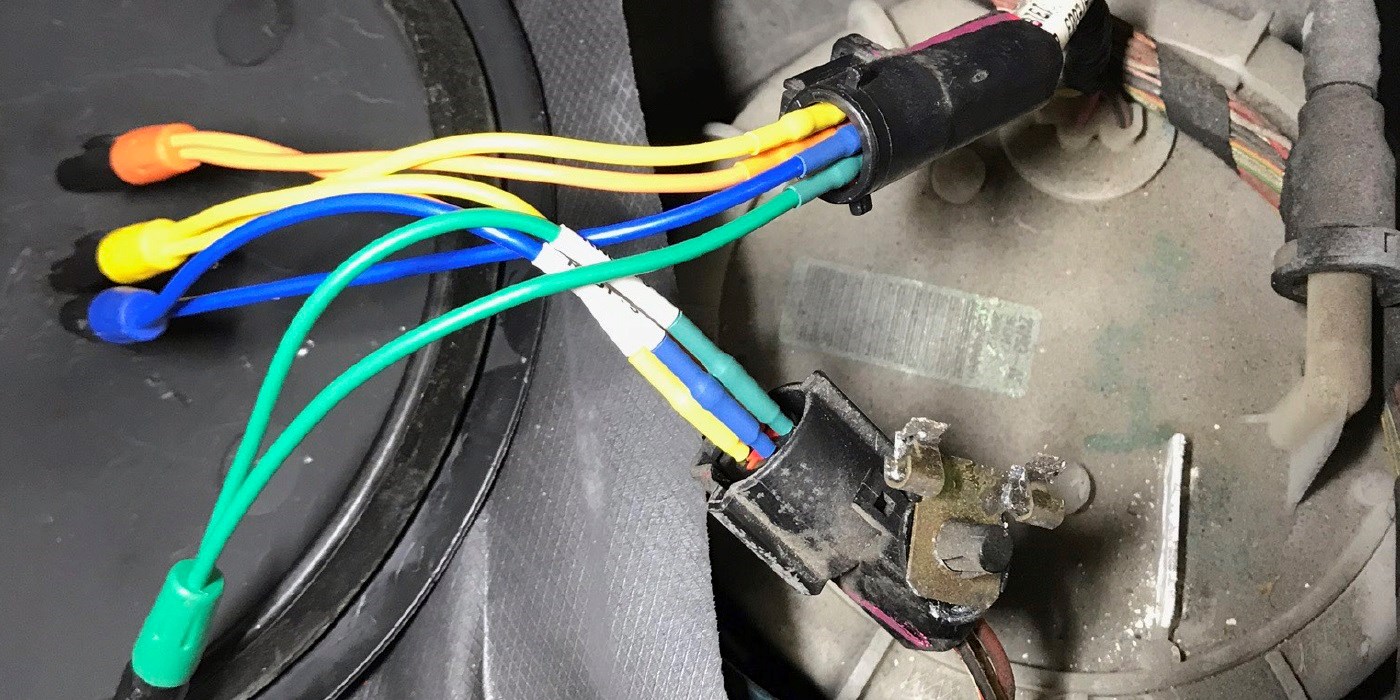
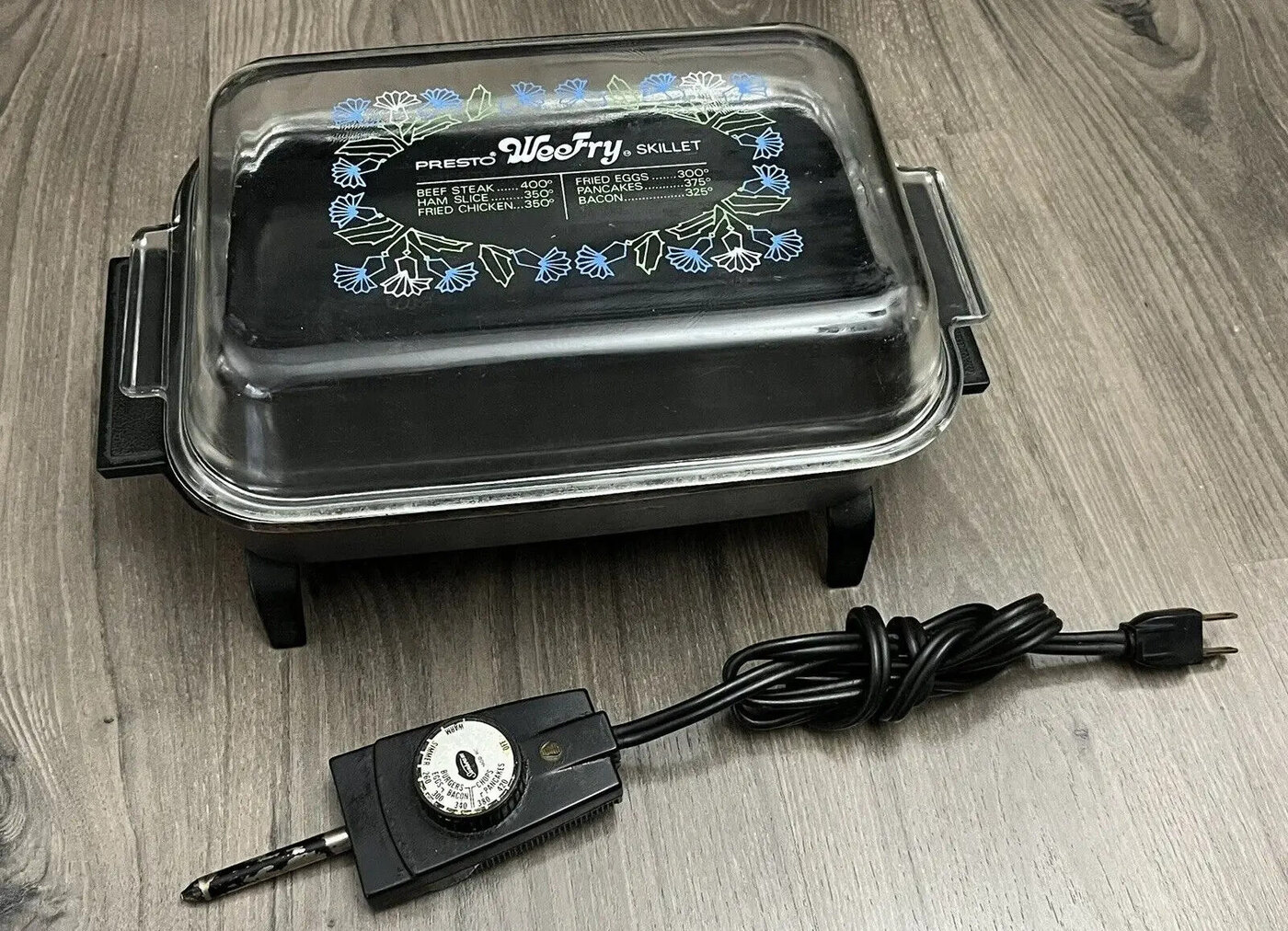

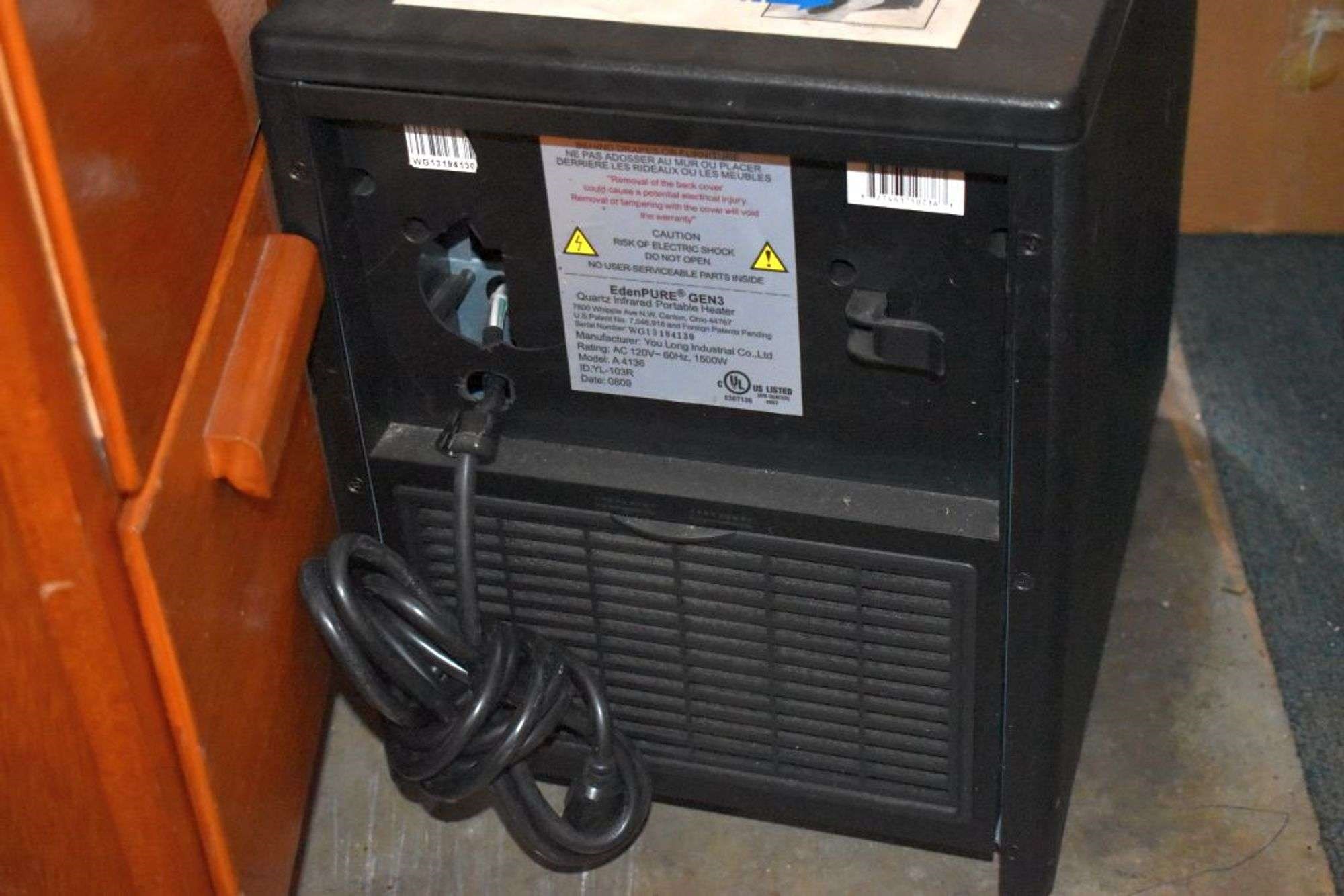
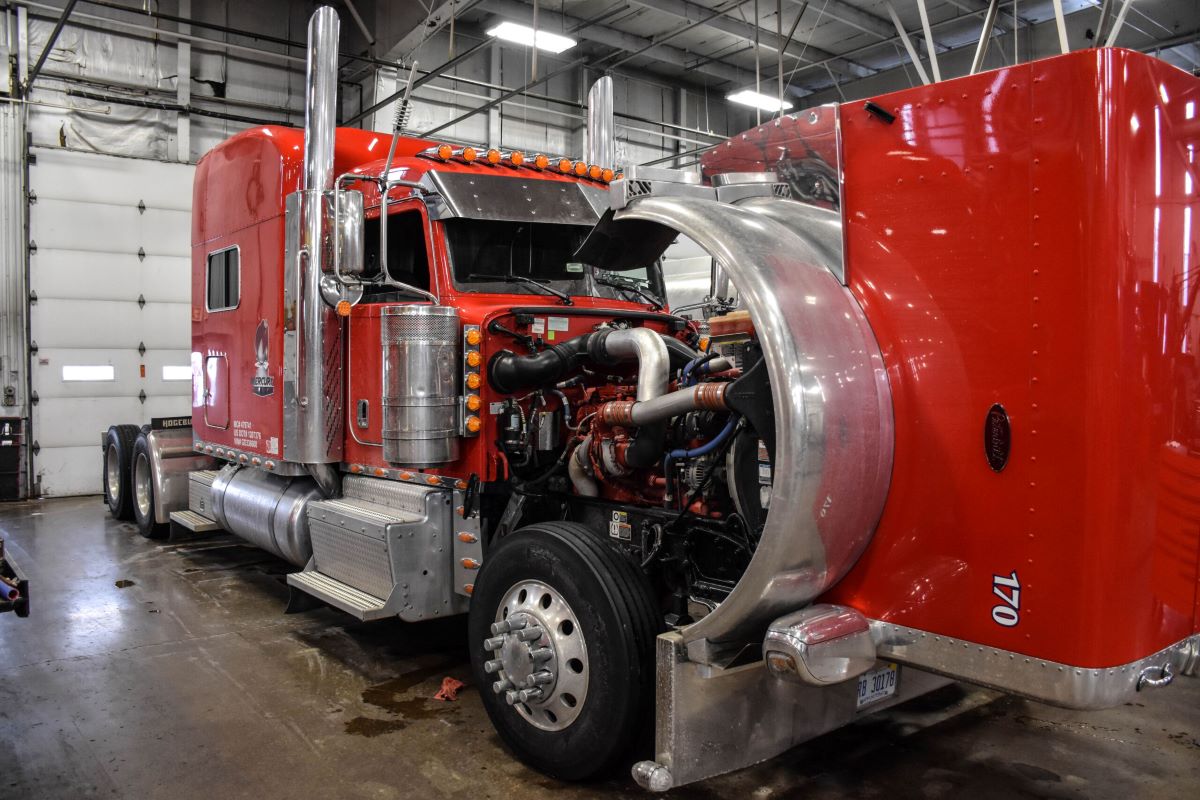
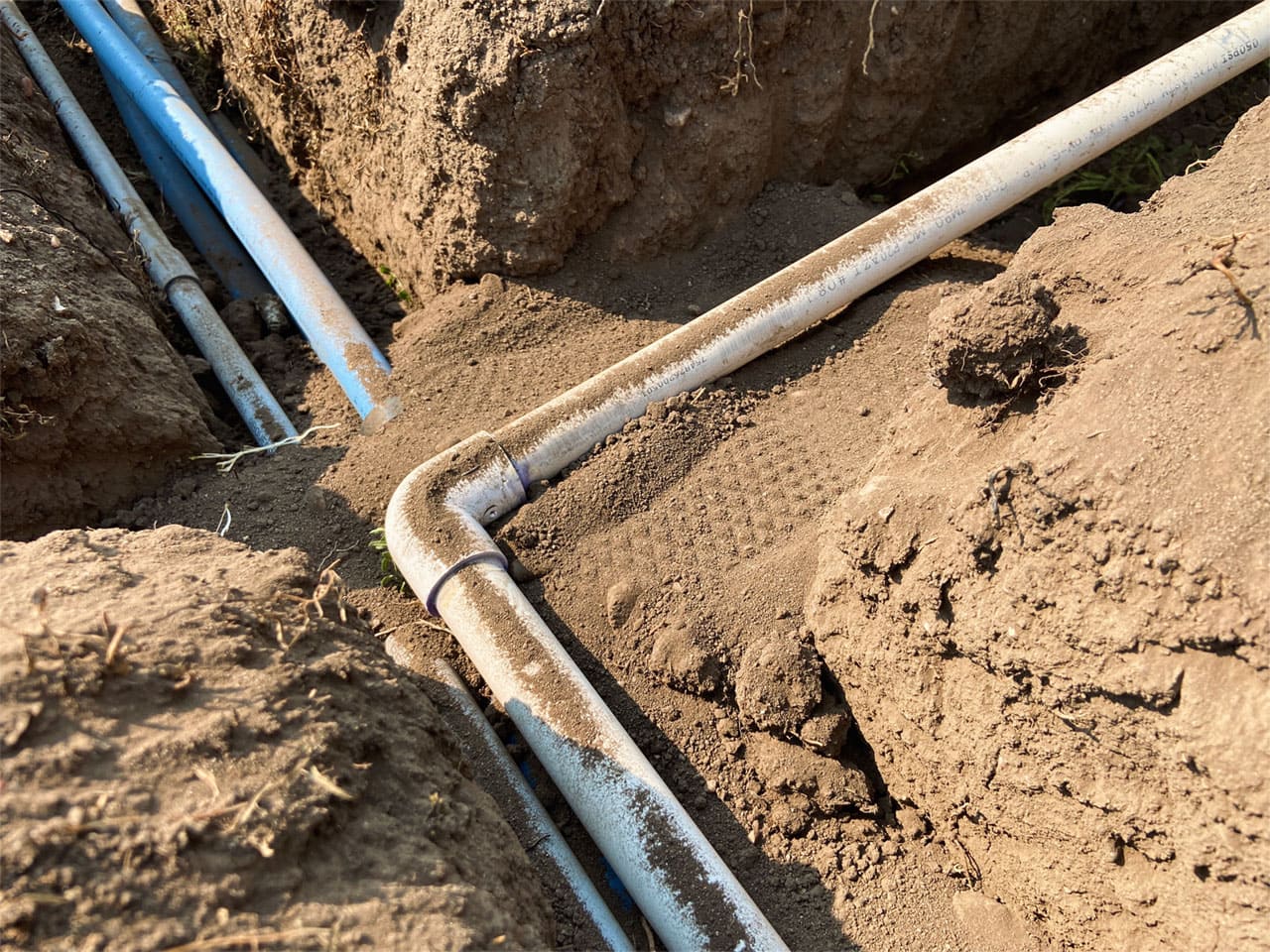
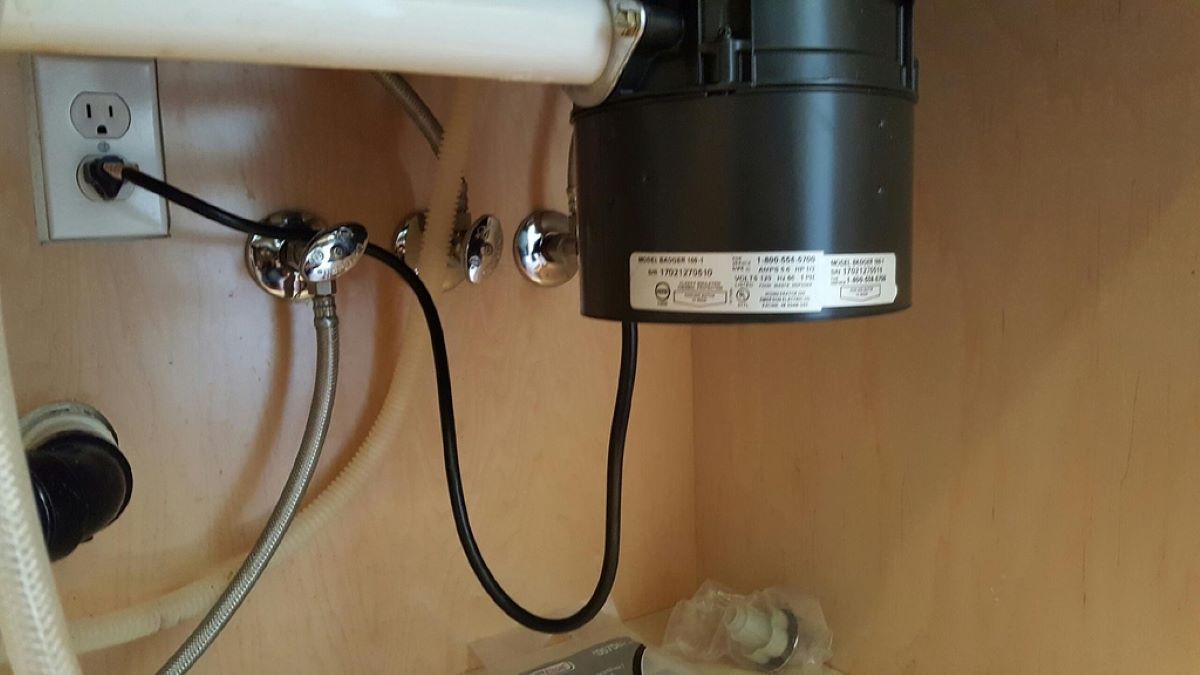
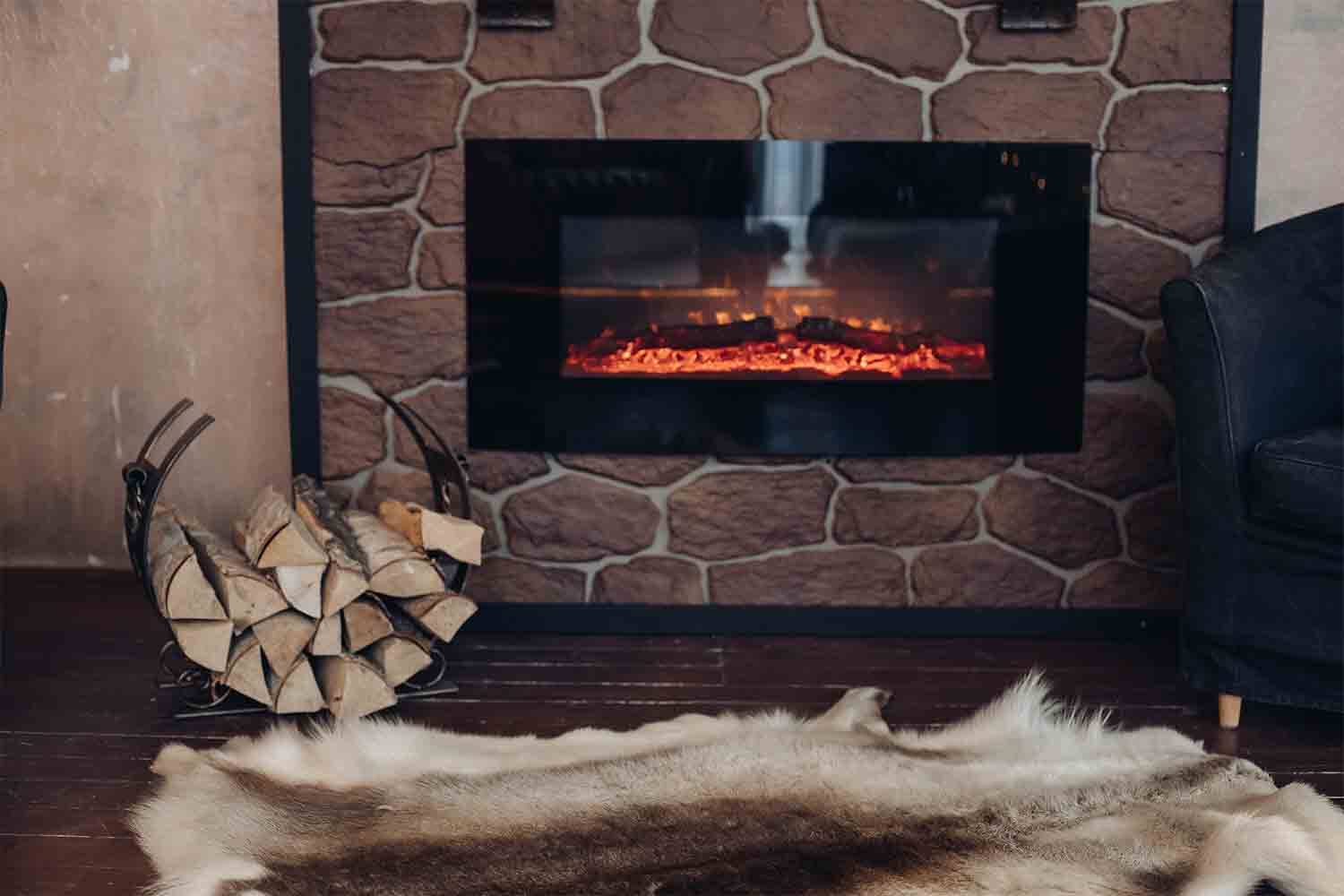

0 thoughts on “What Kind Of Electrical Cord Do I Use On My Dryer”